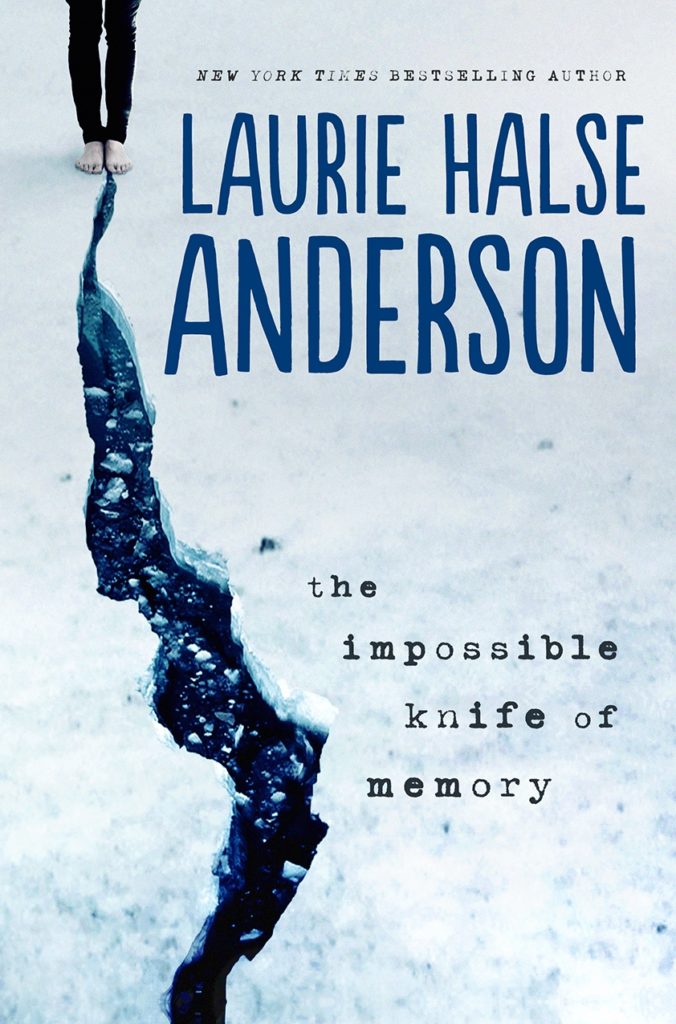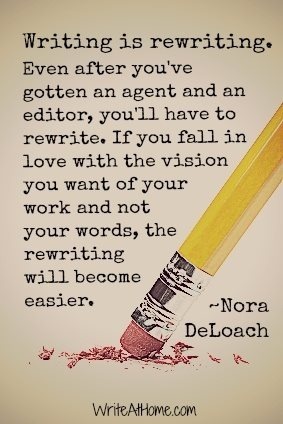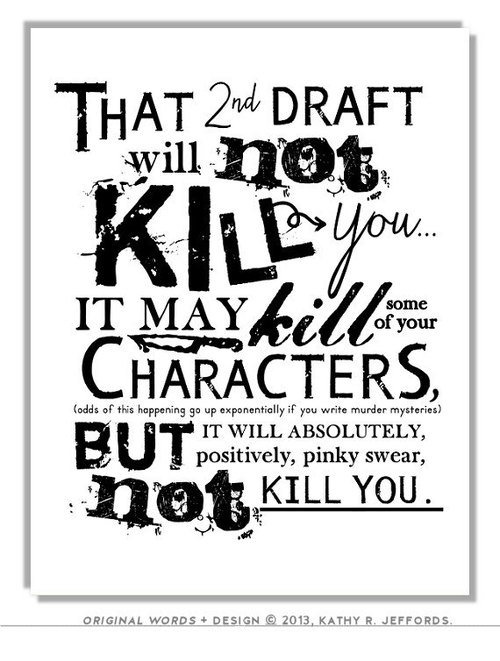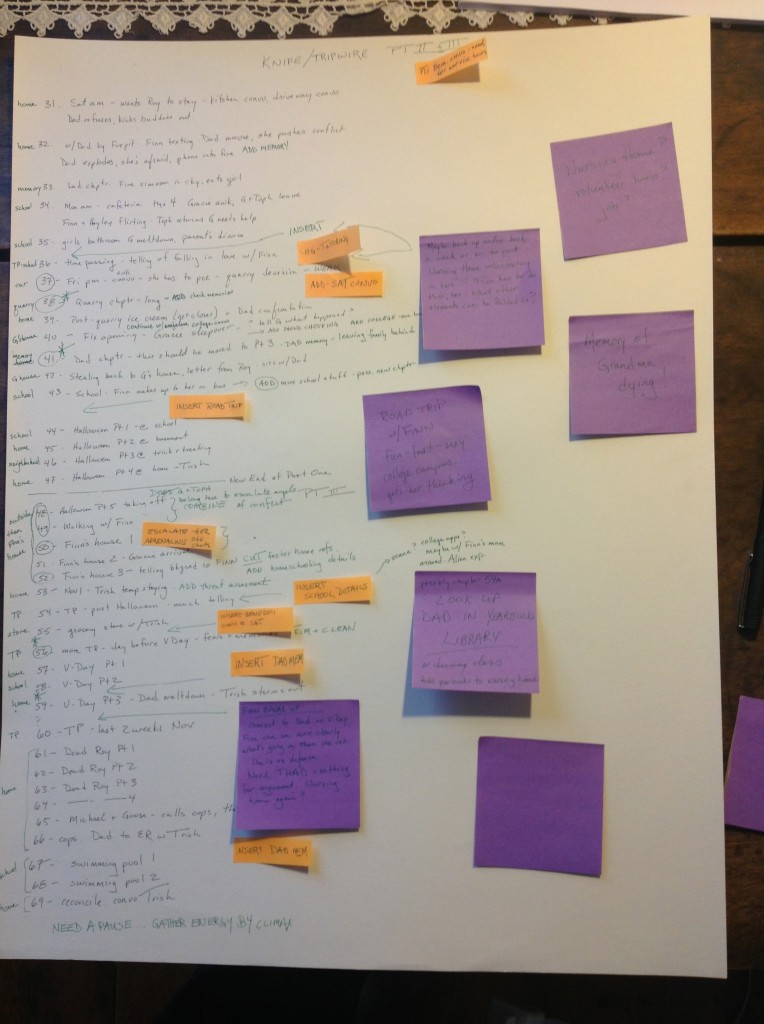
Well, hello there! It’s been a while, hasn’t it?
For all intents and purposes, I stopped blogging in the fall of 2013, after I posted the book tour details for The Impossible Knife of Memory. I didn’t talk about it too much, but that was when my father took a turn for the worse. He had enjoyed ridiculously robust health, but suddenly he suffered some strokes and started having terrifying delusions. In March of 2014, he fell and hit his head, and died two days later.
To say that I was devastated doesn’t begin to describe my state of mind.
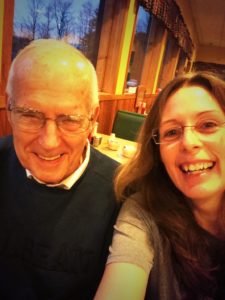
My father was my hero; a WWII veteran who became a minister, marched for Civil Rights and faced down the Klan, wrote poetry, raged at injustice, and tried to make the world a better place. He was also plagued by PTSD, depression, and alcoholism.
When I was a kid, I adored him. As a teen I was afraid of him, angry, and terrified he was going to kill himself. After I left for college we entered the Cold War phase of our relationship.
One of the most delightful aspects of my adult life was moving my parents back North from Florida so we could take care of them. I went to the gym and then breakfast with him a couple days a week, talked with him constantly, and basked in the good fortune that we had so much time together.
When he died, I needed to withdraw a bit. Blogging did not happen and updating my website was not a priority.
We tried to get on with the business of living. Our children started to have children. We hosted my oldest daughter’s wedding at our house. I finally finished Ashes, and went on adventures to China, Europe, Australia and New Zealand. I tried to write and threw out a lot of horrible pages.
But I finally learned how to walk with my father in my heart.
So I’m back. My website has been rebuilt from scratch thanks to my wonderful assistant, Jenn, and Deena Warner. I have a lot of fun travel coming up, am working on several new books, and have Many Big Thoughts that require blogging again.
Do you have specific topics you’d like to see me blog about? Writing advice? American history? How to live out of a carry-on during book tour? Put your ideas in the Comments, or reach out to me on social media and I’ll see what I can do.
Thanks for your patience, my friends!

